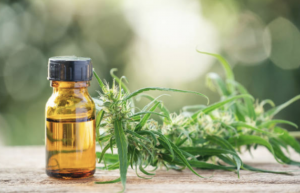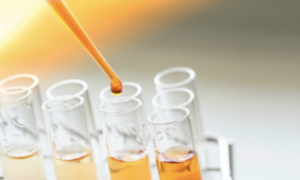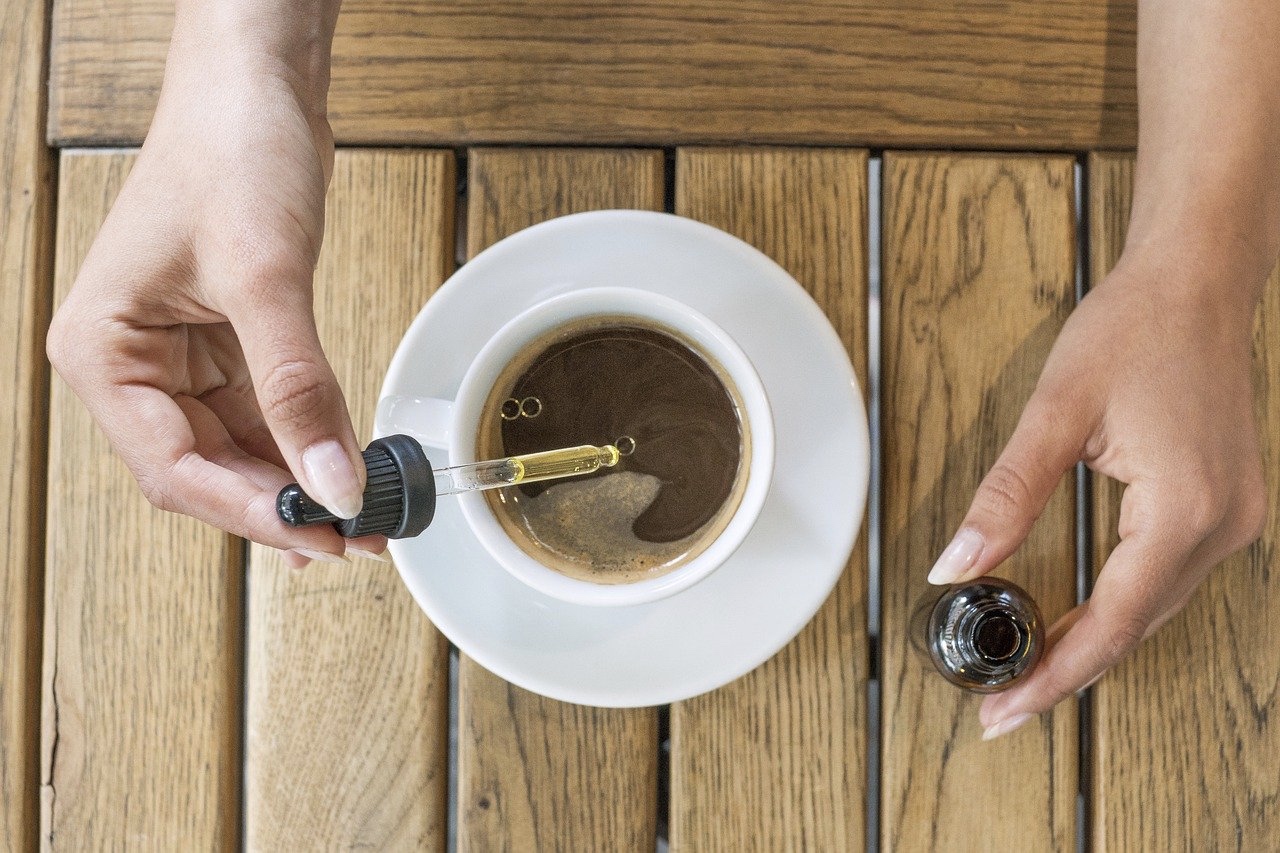Main Cannabinoids and the Entourage Effect
There are hundreds of cannabinoids, terpenes, and other compounds in hemp and it’s only recently that scientists started looking into their potential.
Initial research focused on THC and CBD, the two most common cannabinoids. However, now that we know more about hemp, clinical trials and research are directed toward a better understanding of all cannabinoids. Researchers are looking into each compound’s individual effects as well as their combined outcome when consumed together—the so-called entourage effect.
With preliminary findings looking promising, more attention is now applied into grasping how cannabinoids attach to human receptors and the possible ways in which they interact with our endocannabinoid system.
This article examines several main cannabinoids and describes the entourage effect.
How Many Cannabinoids Are There?
The very fact that we are still not certain about the number of cannabinoids found in the cannabis plant shows how much we still have to discover. Some researchers put the number of cannabinoids in hemp at 113, while others believe there are more than 120.
Part of the problem is that the amount of cannabinoids differs greatly according to the specific cannabis variety. Some cannabinoids are present at very low levels in some strains, making them barely detectable, while others are prevalent.
Industrial hemp, for example, contains little THC—the psychoactive cannabinoid that’s responsible for the sense of “high.” On the other hand, hemp contains large amounts of CBD. Due to CBD’s eminence, this makes CBD-rich industrial hemp varieties perfect for giving CBD producers high-quality and high-concentration raw material to work with.
Main Cannabinoids Identified So Far
 So far, the medical community has isolated several main cannabinoids. The main ones are CBD and THC. Other significant ones include CBDA, THCA, CBC, CBG, and CBN.
So far, the medical community has isolated several main cannabinoids. The main ones are CBD and THC. Other significant ones include CBDA, THCA, CBC, CBG, and CBN.
It should be stressed that research is ongoing and startling discoveries constantly made. For example, researchers initially dismissed CBDA because, unlike CBD, it doesn’t interact with the endocannabinoid system. Subsequent studies revealed that this makes it even more effective, in some cases, as it bypasses the endocannabinoid system to directly bind with specific receptors.
Many minor cannabinoids are found in minute quantities in hemp. While their effects are still unexplored, they could possibly provide helpful insight into the hemp plant and its potential.
CBG, the Precursor
The precursor of all cannabinoids is CBG, or Cannabigerol. Both THC and CBD derive from CBG.
In its original format, CBG is found in an acidic form called CBGA (Cannabigerol acid). As the plant grows, CBGA is broken down into THCA and CBDA; the acidic precursors of THC and CBD respectively.
The more the plant matures, the less CBGA we find, as it is converted into THC and CBD. Growers who want to extract CBG choose to harvest their plants in the budding stage, before the transformation of CBGA into THC and CBD.
Because CBG is the originator of the main cannabinoids, research is focused on better understanding this cannabinoid. Several studies have shown CBG may possess health benefits:
- A 2013 study showed that CBG could be beneficial with irritable bowel disease.
- A 2015 trial on mice showed promising results regarding the effectiveness of CBG in Huntington’s disease.
- In 2015, a study displayed hopeful results for CBG as a neuro-protectant.
- Finally, a 2017 study showed CBG could stimulate appetite.
As with all cannabinoids, more research is needed to determine dosology, possible side-effects, interaction with other medication, etc.
CBC, the Pain-Reliever
CBC, or Cannabichromene, is found in both tropical-grown hemp varieties and temperate-grown hemp cultivation.
CBC has been examined in combination with CBD. The combination appears to alleviate pain, as a 2011 study found. The combination of THC with CBC also showed that it could be highly anti-inflammatory, according to this 2010 study.
As these studies demonstrate, specific cannabinoid combinations seem to work better than consuming them alone—which is what the entourage effect is all about.
CBN, the Neglected One
CBN or Cannabinol, has been neglected until recently because it is, in effect, degraded THC. It is produced when THC is left to mature on the plant. When the cannabis plant is exposed to oxygen for a long time—i.e. when the plant is left to grow—THC turns into CBN. Even though CBN is produced from oxidized THC, it is not psychoactive.
CBN is only found in trivial quantities in industrial hemp plants because these must contain less than 0.3% of THC to be legal. Since CBN is produced from THC, hemp plants contain very little CBN.
However, research suggests that CBN may be a powerful sedative and could be helpful for people suffering from insomnia. Similarly, it could be beneficial in helping with appetite stimulation, as a 2012 study conducted on mice showed. CBN also could be beneficial as an antibiotic, as a 2008 study demonstrated. It may also help in pain management and inflammation.
Because of its THC origin, there is very little research on CBN. Scientists studying its effects must obtain it from marijuana rather than hemp—which is complicated and difficult because of legal constraints.
CBDA, the CBD precursor
If you’re wondering what CBDA is, you’re not the only one. CBDA was overlooked for a long time, but for a different reason to CBN. CBDA is almost immediate transformed into CBD once heated. Researchers did not study it at first because of this, focusing instead on CBD.
As more studies are done into hemp, the potential of CBDA is slowly emerging. Technological progress has made it possible for CBDA manufacturers to process CBDA without heating it, thus keeping it intact.
Research has shown that CBDA could be beneficial in treating nausea, while other studies have shown that it is a powerful anti-inflammatory and offers pain relief.
CBDA bypasses the endocannabinoid system to interact directly with specific receptors. This may make it more effective than CBD in certain situations.
THCA, Precursor of THC
Just like CBDA is the precursor of CBD, so is THCA for THC.
Unlike THC, THCA is not intoxicating. THC binds to CB1 receptors in the brain, producing euphoria. THCA, however, does not bind to these, so it has no major effect on the brain.
Surprisingly enough, THCA does become psychoactive once heated and put through the decarboxylation process.
Little research has been done on THCA due to its close connection to THC. Also, THCA is found in large quantities in marijuana rather than hemp, as hemp’s content in THC is below 0.3%. Due to the legal status of marijuana, researchers have been slow to investigate the potential of THCA and THC.
Even so, research has shown that THCA could be a strong anti-inflammatory and part of neuroprotective treatments. Trials on rats have also displayed the potential of THCA for reducing nausea.
The Entourage Effect: Together Is Better
 Some people prefer to take CBD isolate, which is 100% pure CBD with no other cannabinoids, terpenes, or flavonoids.
Some people prefer to take CBD isolate, which is 100% pure CBD with no other cannabinoids, terpenes, or flavonoids.
However, studies suggest that when cannabinoids are combined, their overall effect is greater than when consumed individually. This means that cannabinoids work better when they work together, in a cooperative sort of way.
The medical community is still trying to understand how cannabinoids amplify each other’s effects. Most of the research has focused around the combination of CBD and THC. However, THC remains illegal at federal level and is only legal at state-level, either for recreational or medical purposes. This has slowed down research.
Both anecdotal evidence and research are showing that CBD works better when combined with other cannabinoids and terpenes.
More importantly, research suggests that lower doses and concentrations of CBD are required to achieve the same results when CBD is administered in conjunction with other cannabinoids and terpenes.
This is not just good for your pocket: lower concentrations of CBD are associated with fewer side-effects, making CBD easier on the body.
Also, different cannabinoids bind with different receptors in the body. For example, CBDA will target a different set of receptors than CBD. There are certain situations, then, where CBD won’t have any effect, unless consumed together with CBDA—and vice versa.
That’s why one of FluxxLab’s rock-star products is our Nano-Emulsified Beta-Caryophyllene with CBDA. It combines beta-caryophyllene, one of the most beneficial terpenes, with CBD and CBDA, thus producing a CBD product uniquely effective and bio-available.
The entourage effect, like most things regarding cannabis, is still underexplored. The scientific community needs to establish the potential effectiveness of cannabinoids as well as their possible strength when administered together. Cannabinoids that seem to have similar effects could be tested together to see if and how their combined effects differ from their individual ones. This would give the medical community a powerful tool for helping with various conditions, ailments, and diseases.
Hopefully, we will soon have more answers!
Find out for yourself how FluxxLab™’s products with CBDA and terpenes can improve your life!

